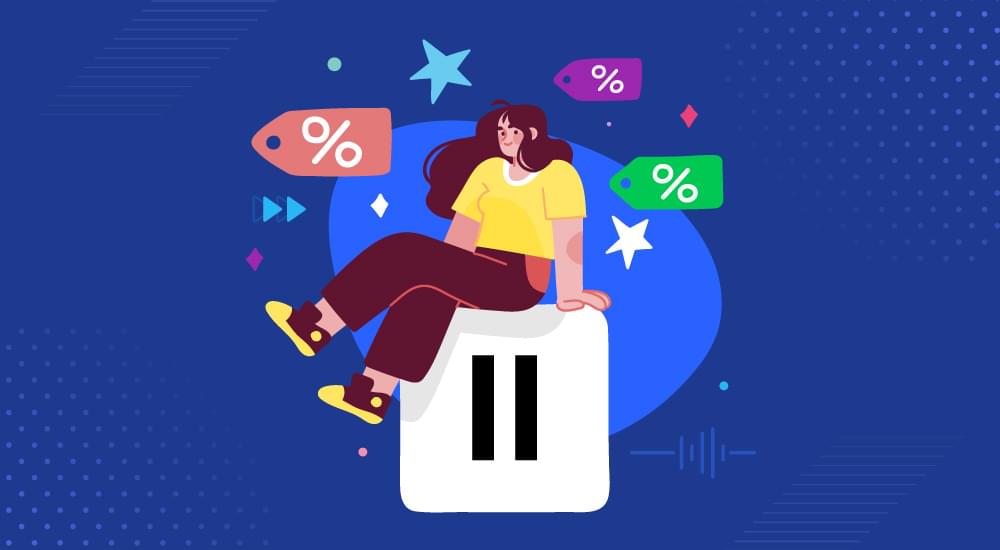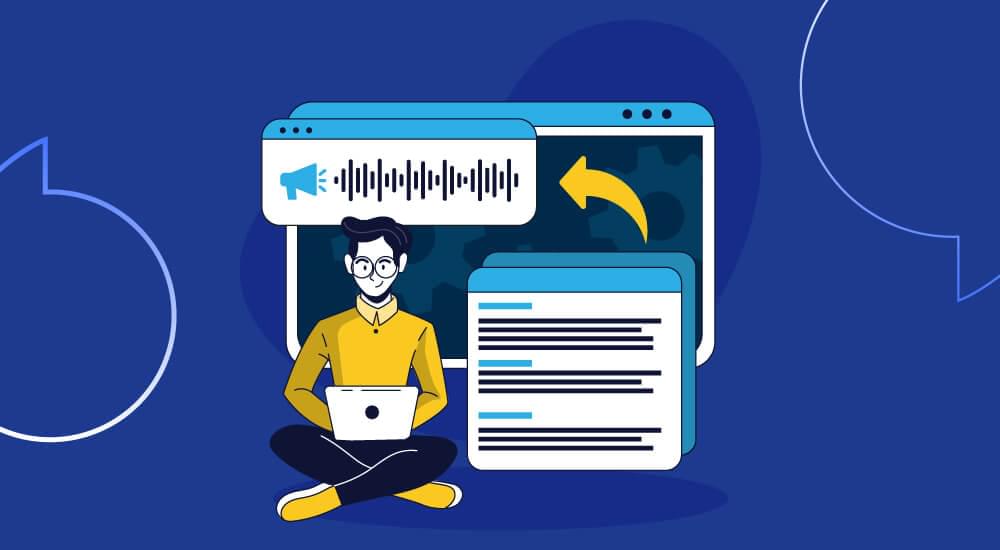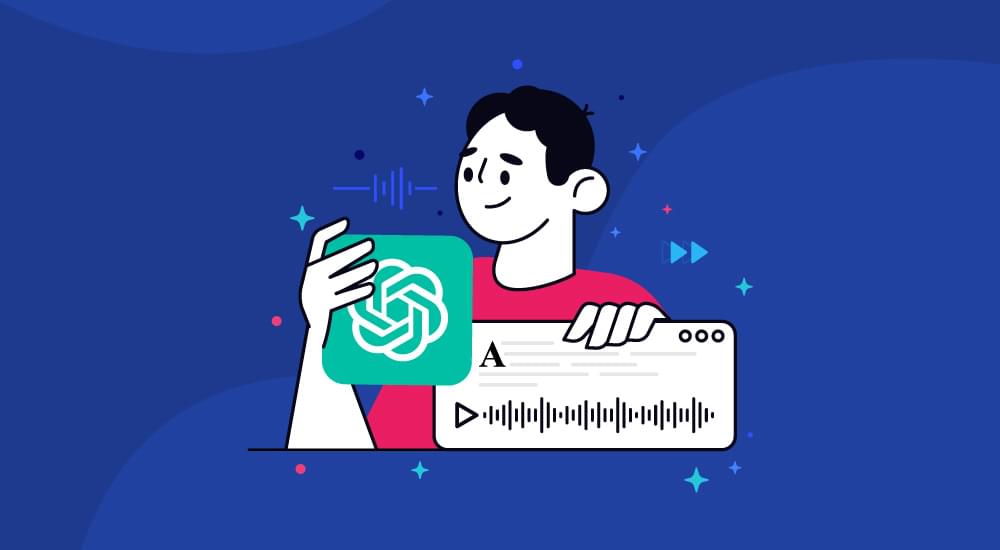voice technology tutorials
Audio Storytelling: Journey from Radio Waves to Podcast Hits
Audio storytelling has been around for decades, entertaining and engaging audiences in ways that words or pictures can’t quite achieve. From its roots in radio to the growth of podcasts, audio continues to captivate people with stories of all shapes and sizes.
As marketers today, we have a unique opportunity at our fingertips: the chance to use audio as an effective tool for content marketing strategies. That’s why we’re taking a look back at the history of audio storytelling; from its beginnings over a century ago on the radio waves, to recent developments that are reshaping modern habits.
It’s important that we understand this evolution - what lessons can we learn from the past so that our future audio strategies and audio storytelling are most effective? In this blog post, let’s take a journey into the storied history of audio storytelling and see how far it has come!
What is audio storytelling?
Audio storytelling is a captivating and entertaining way to tell stories. This audio medium offers audio clips from professionals and audio recordings from everyday people to flesh out any narrative. By utilizing audio recordings as part of the storytelling process, audio storytellers bring characters to life through their authentic voices, allowing for vivid imagination and deeper emotional connection between the audience and the storyteller.
Through audio storytelling, anyone can have access to an engaging audio experience that gives the listener creative control in the size, scope and intention of each story.
Audio storytelling is a form of audio production that creates engaging stories through sound, narration, music and audio effects. It can be an audio book, a podcast series or even a full-length theatrical audio drama. Audio storytelling has experienced a renewed appreciation in recent years, especially with the availability of streaming audio services like Spotify and Apple Music. Its powerful ability to captivate listeners makes it one of the most impactful methods of communicating a story to its audience.
History of Radio
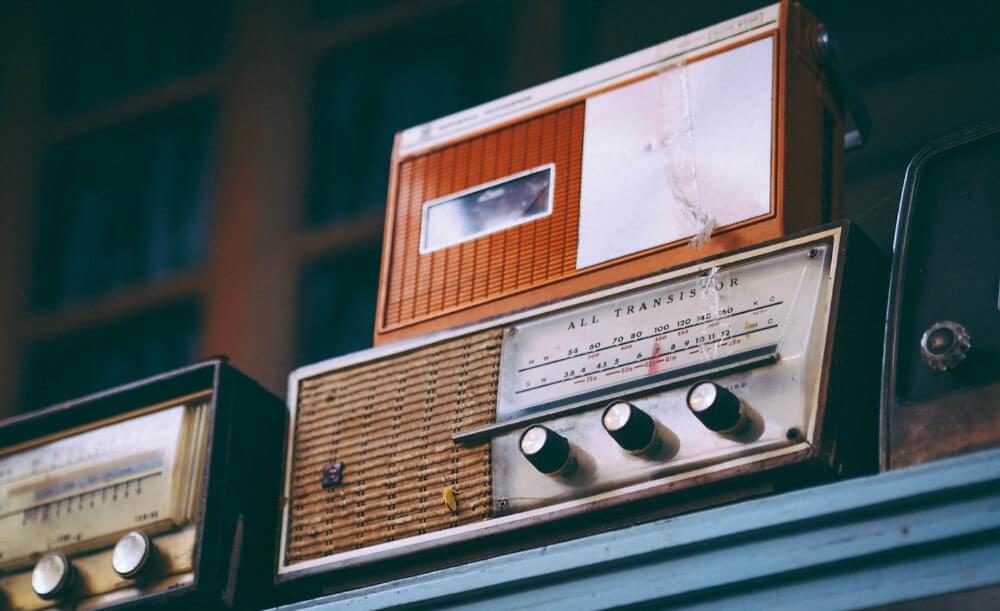
Radio has been around in the world since the late 1800s, but it didn’t become popular until Guglielmo Marconi invented the radio transmitter in 1896. This new technology could be used to send signals from person to person without the need for physical wires. This made radio communication and radio storytelling easier, faster and more reliable than ever before.
Soon radio was being used for entertainment as well as for communication purposes. Radio broadcasts allowed audiences to listen to everything from music, comedy shows, theater, news reports and sporting events.
History of Podcasts
Podcasting has its roots in the podcast phenomenon of the early 2000s, which saw radio-style shows become available as digital audio files. Since then podcasting has grown enormously, from an audio phenomenon to a multi-media platform that now enables people to listen and watch content from around the world at any time.
What’s more podcasting is no longer just a passive activity: podcast listening can be interactive with podcast audiences giving feedback and creating conversations online. This explosion of podcasting has opened up opportunities for advertisers, brands, marketers and anyone looking to spread their message or story - podcasting is now firmly established as a mainstream medium for entertainment and information alike.
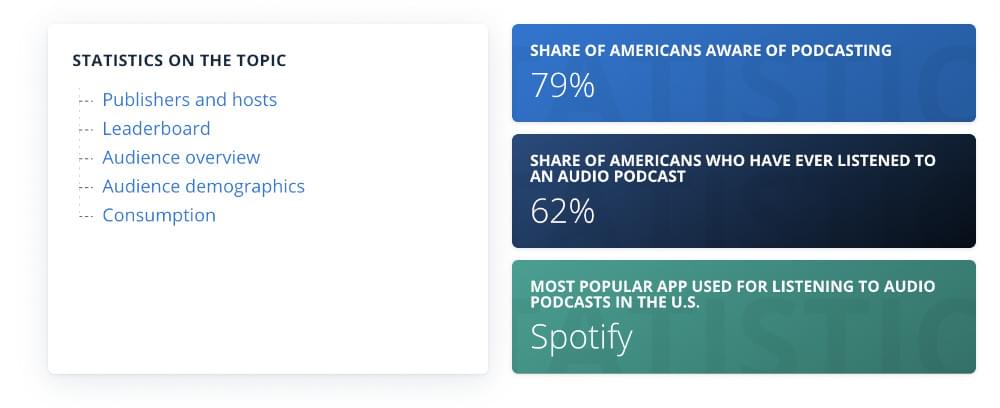
Before podcasting, amateur radio and talk radio was limited to broadcast over the airwaves or through cable subscriptions. Then podcasting made it easy to record audio, distribute it through online platforms, and allow remote audiences to access it worldwide.
Podcast storytelling paved the way for an entirely new form of media, one that could appeal to any niche while reaching listeners anywhere in the world with an internet connection. Today, podcasting is embraced by some mainstream media outlets as well as a wide variety of internet podcast networks.
History of Audiobooks
The audiobook revolution started in 1970 with the arrival of audio cassettes. Suddenly, audiobooks became more accessible for people to enjoy and listen to. Throughout the years audiobooks have continued to evolve and develop, from audio cassettes to CD’s and now streaming services. These days audiobooks are more popular than ever; not only are they easier to get but they also cost less and come in a variety of formats.
The diversity of available titles has grown exponentially, providing fans with a wealth of great stories and adventures. Whether you prefer classic literature or modern thrillers, audiobook format can let you immerse yourself into your story like never before. Cinematic sound effects and professional voice-acting bring the storytelling experience closer than ever before. immerse yourself in worlds just by listening.
The Rise of Audio Storytelling
In recent years, audio storytelling has emerged as an innovative and attractive way of consuming content. Audio storytelling forms audio-visual experiences crafted specifically for audio consumption, such as radio dramas, audio fiction series, audio documentaries and audio-based news reports. It utilizes sound and narration to depict a story and captivate listeners in ways that are both immersive and easy to digest.
Thanks to audio platforms such as podcasts, audio storytelling has quickly gained traction with users that appreciate its portability and convenience. With audio recordings becoming ever more accessible, audio storytelling is anticipated to continue its rise as an art form that can reach audiences all over the world with high quality content.
Audio storytelling is on the rise, and for good reason. It offers audio content creators an innovative way to engage with their audiences. It has also opened up an entirely new avenue for audio entertainment as podcasts, web audio series, and audio drama grow in popularity.
By merging audio production with creative expression, audio storytelling brings together powerful soundscapes and compelling storylines to create audio experiences unlike any other — drawing in fans from all across the globe. Whether they come in the form of a radio play, documentary series or audio essay, audio storytelling continues to captivate listeners worldwide and offer unique perspectives that have remained unparalleled until now.
How to Create Audio Stories?
Creating audio stories can be a fun and creative way to express yourself. It involves creating a narrative with audio elements such as voices, sound effects, and music. To start off, you will need recording equipment such as a microphone and audio mixer, or you can use audio editing software. But first of all, start by brainstorming a storyline for your audio story and writing it down in a script form.
Next, come up with an interesting story and decide which audio elements will help enhance it. Finally, record your audio clips, edit them together in the audio editing software of your choice, add any sound effects you have chosen, mix down the audio clip to make it balanced and ready to share! Use audio editing tools to add music and sound effects in the background for extra impact if needed.
With some patience and practice, you can create professional-sounding audio stories for everyone to enjoy!
How does audio storytelling differ from other forms of storytelling, such as print or video media?
Audio storytelling is a relatively new way to share audio-visual content with an audience. It offers a unique experience as stories can come alive through audio, allowing listeners to be taken into the world of the storyteller.
Audio storytelling differs from other forms of storytelling in that it utilizes sound to tell a story in a very intimate and engaging way. It offers opportunities to create audio gems in podcast episodes, radio shows, soundscapes, audio formats and beyond.
It relies on creating tension and atmosphere through audio cues such as background music or audio clips rather than relying on visuals alone. Furthermore, audio storytelling allows individuals to tune into the stories in their own environment or via transportation - making it easily accessible for many.
Audio storytelling is a unique medium that bridges the gap between audio and video forms of media. Unlike audio or video content on its own, audio storytelling offers a blend of audio and narrative elements that can create compelling stories and evoke powerful emotions in listeners.
By intentionally choosing sound cues such as voices, music, or atmosphere to add to the story, audio storytelling is able to ignite emotion in deeper levels than print or video. It can also add an added layer of intimacy with the stories being told since the listener can focus more solely on what is being said without any accompanying visual elements. Audio storytelling offers a special experience not provided by other story telling formats.
Benefits of audio storytelling compared to other forms of media consumption
Audio storytelling has become increasingly popular as a form of media consumption in recent years. One of the main benefits of audio stories is that it can be consumed without having to stop and focus on visuals, as audio requires less time for concentration and allows listeners to take in the story while doing other activities.
Audio also reaches audiences who would not be able to access visual-oriented content, like people with vision impairments or those who are unable to read. Audio stories also allow narrative depth, complexity, and detail not accessible in other forms of media such as television or film.
On audio platforms, authors can dedicate more time to elaborating on aspects of their story and include powerful audio cues that evoke strong emotions or give vivid details otherwise hard to convey visually. Lastly, audio storytelling is effective in creating authentic personal connections between narrator and audience; with audio’s intimate audio cues and interaction between listener and narrator creates an immersive experience impossible with reading alone.
Key Players in Audio Storytelling
From podcasts and audio books to audio series, key players in this audio entertainment sector are gaining more attention than ever. Listeners are eager to consume stories on the go in these audio formats, and some of the leading audio production companies have taken note.
Key players in audio storytelling includes:
- Audible
- Spotify
- Apple Music
- Sound Cloud
These platforms captures people’s interest by releasing original audio content that can’t be found anywhere else. With an influx of resources from tech giants, the audio storytelling industry has become increasingly innovative and competitive.
Future of Audio Storytelling
Audio storytelling is revolutionizing the way we perceive stories. It has been a growing trend in the recent years and it is expected to continue its steady rise. Through audio, storytellers are able to curate audio-specific content and bring us closer to their story than ever before.
With audio storytelling, storytellers no longer have to be limited by what visuals or animations can express, instead expanding their art form with innovative audio techniques such as sound design and audio editing. Combined with AI-generated audio capabilities, audio storytelling could open up a whole new realm of possibilities for interactive content. As audio technology continues to develop at an alarming rate, it is exciting to think about what kind of audio experiences await us in the future.
You can make use of text-to-speech tool like WebsiteVoice for creating your audio storytelling experience for your website that can be easily embedded to any web format, or platform.




